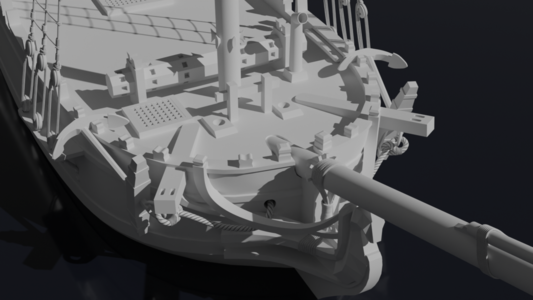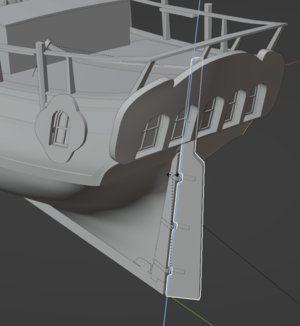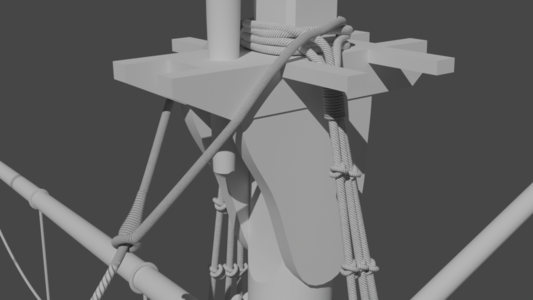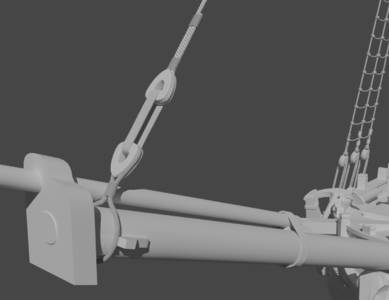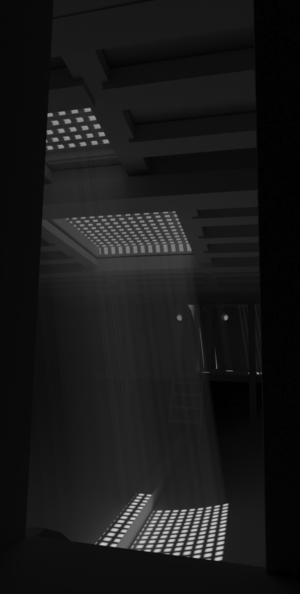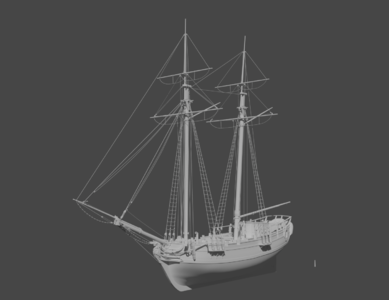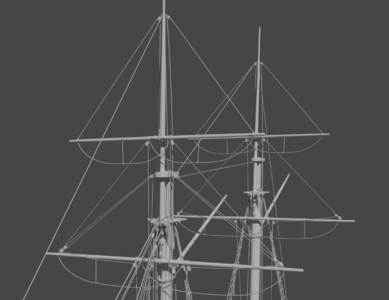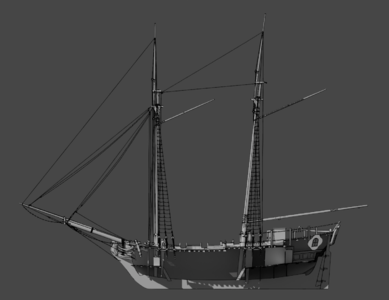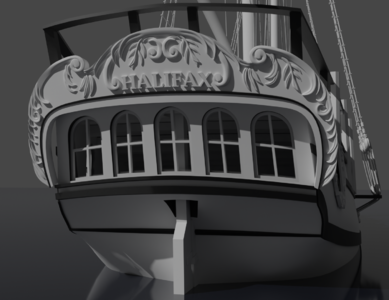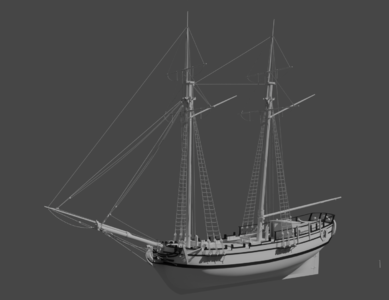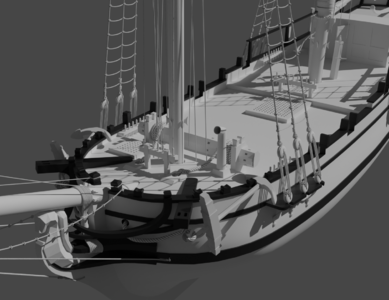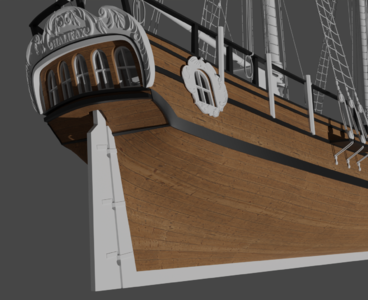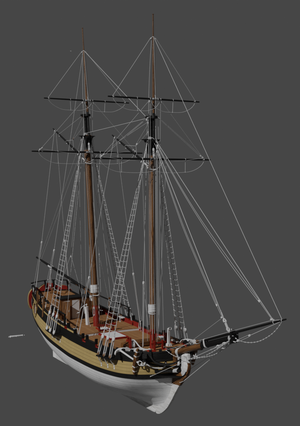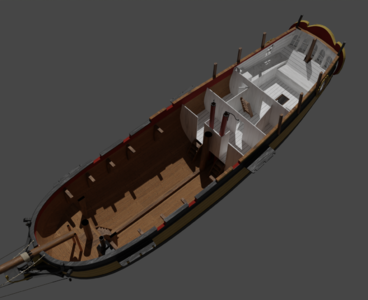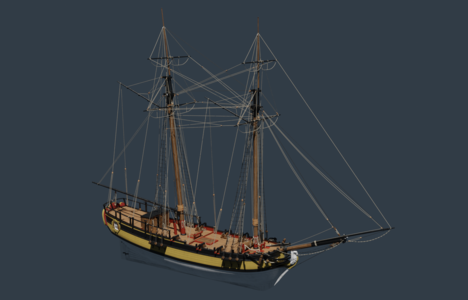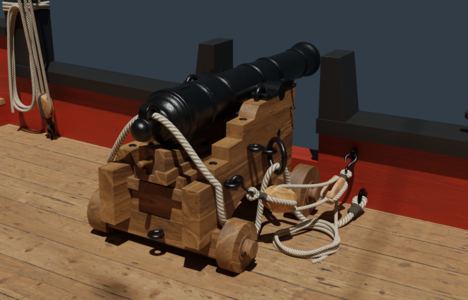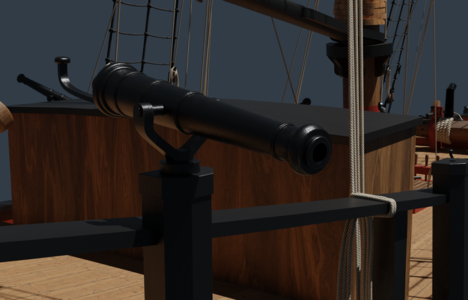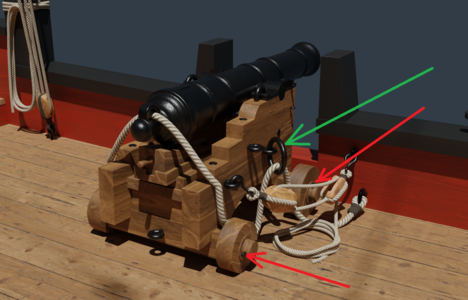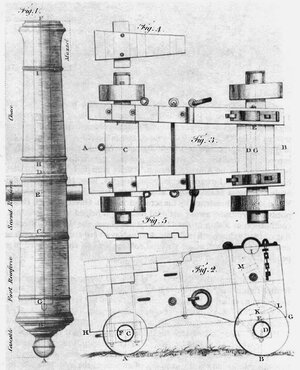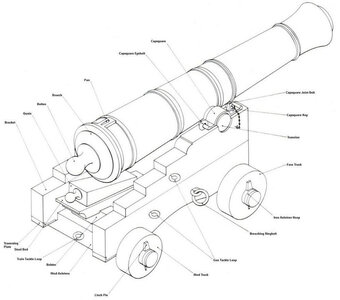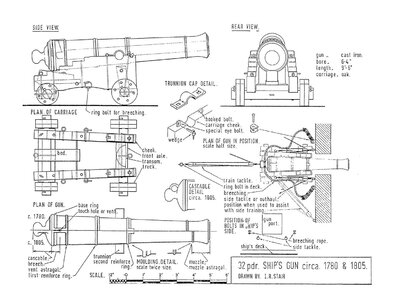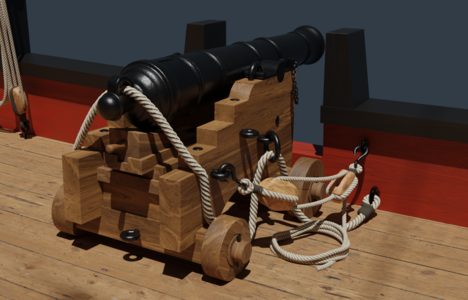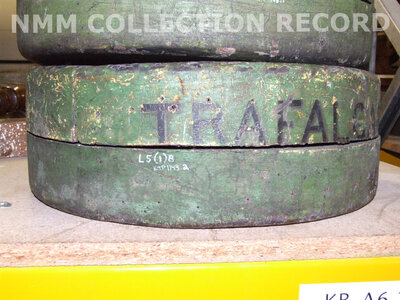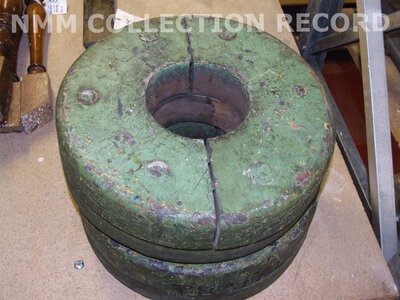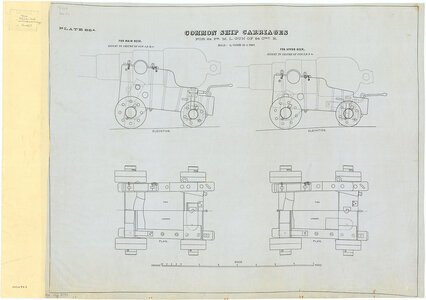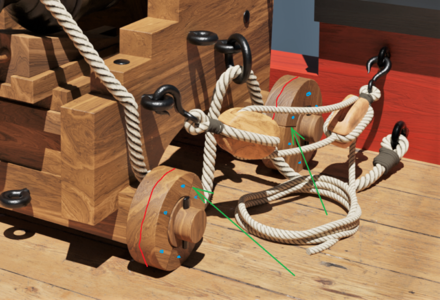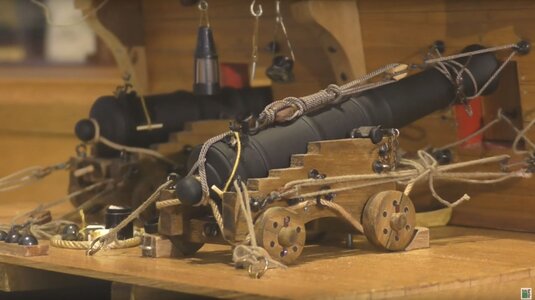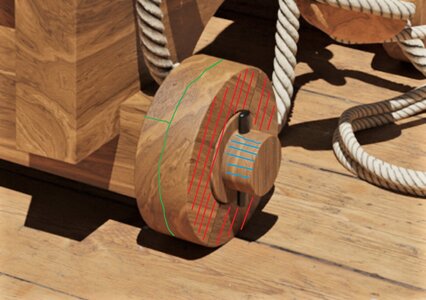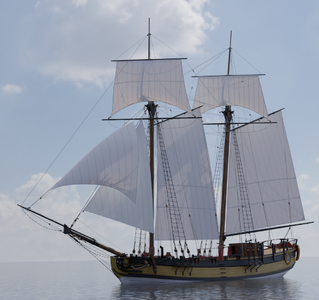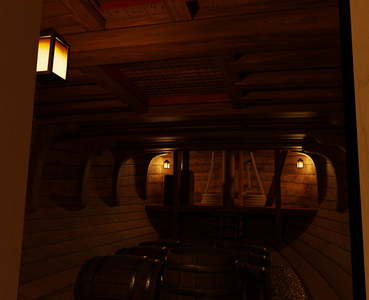- Joined
- May 26, 2023
- Messages
- 23
- Points
- 48

For my next D&D campaign I'm giving my players a schooner, and I wanted to build a rough 3D model of it to help us all visualise it. I've chosen HMS Halifax (1768) as the template, and have already added way more detail than necessary, so I guess I'm building the whole ship now just for fun.
Here's the current progress. There's still a lot to do, and feedback would be most welcome!
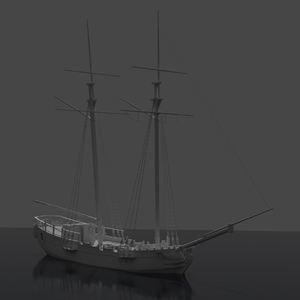
The figurehead is a placeholder. For the game I'm going to sculpt a Darter for the figurehead (a type of bird), but I hope also to do Halifax's mermaids with hippocampus for the sake of completion.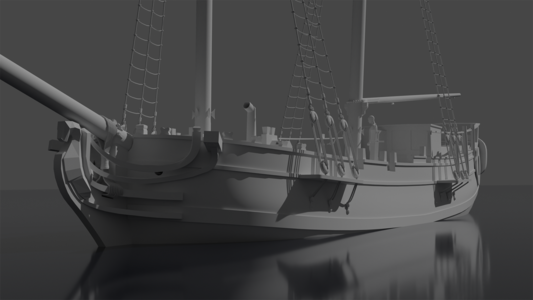
I'm undecided whether the stern window facades for the game version will match the Halifax's or not. Either way, I haven't figured out how I'm going to do them yet. Note that I also have yet to hinge the rudder properly.
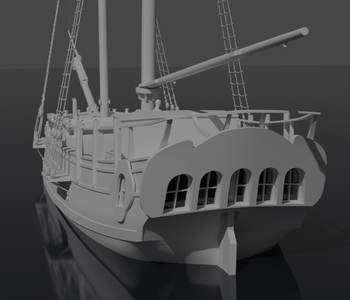
The ropes are made with splines and geometry nodes, with textures giving the illusion of detail. I'm cheating on most of the knots by using crossed toruses or spirals, because tying real knots in 3D is hard.
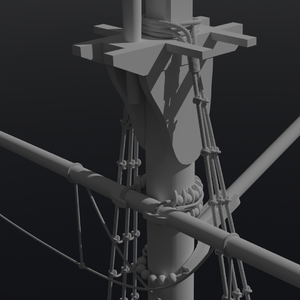
I want to have all of the standing rigging modeled for the game, but it's doing my head in because the plans I'm working from (H. Hahn's and Admiralty) are quite vague about the details, and seem to assume I know much more about rigging a ship than I actually do. Any advice on additional resources for this stuff would be greatly appreciated. I've bought a few digital books that are helping, and I'm building a massive PureRef file of photo references, many drawn from these very forums:
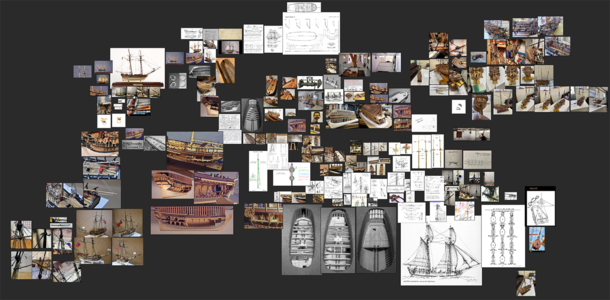
And finally, one of my main reasons for doing this: I know my players, and they'll want to decorate and rearrange the furniture in the stern cabin. By modeling the whole thing (including the glass in the windows), I can give them a reasonable idea of how much space they'll have and what the lighting conditions will be. I had to set the digital camera's lens to a super-wide 16mm, and up the film exposure by 5 stops for this render: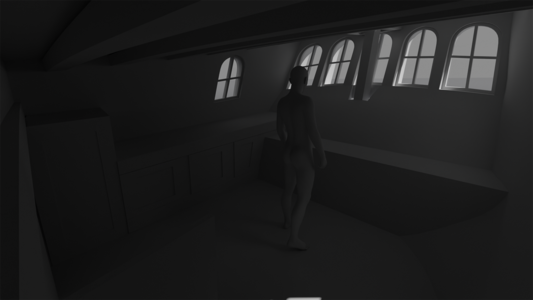
Here's the current progress. There's still a lot to do, and feedback would be most welcome!

The figurehead is a placeholder. For the game I'm going to sculpt a Darter for the figurehead (a type of bird), but I hope also to do Halifax's mermaids with hippocampus for the sake of completion.

I'm undecided whether the stern window facades for the game version will match the Halifax's or not. Either way, I haven't figured out how I'm going to do them yet. Note that I also have yet to hinge the rudder properly.

The ropes are made with splines and geometry nodes, with textures giving the illusion of detail. I'm cheating on most of the knots by using crossed toruses or spirals, because tying real knots in 3D is hard.

I want to have all of the standing rigging modeled for the game, but it's doing my head in because the plans I'm working from (H. Hahn's and Admiralty) are quite vague about the details, and seem to assume I know much more about rigging a ship than I actually do. Any advice on additional resources for this stuff would be greatly appreciated. I've bought a few digital books that are helping, and I'm building a massive PureRef file of photo references, many drawn from these very forums:

And finally, one of my main reasons for doing this: I know my players, and they'll want to decorate and rearrange the furniture in the stern cabin. By modeling the whole thing (including the glass in the windows), I can give them a reasonable idea of how much space they'll have and what the lighting conditions will be. I had to set the digital camera's lens to a super-wide 16mm, and up the film exposure by 5 stops for this render:


